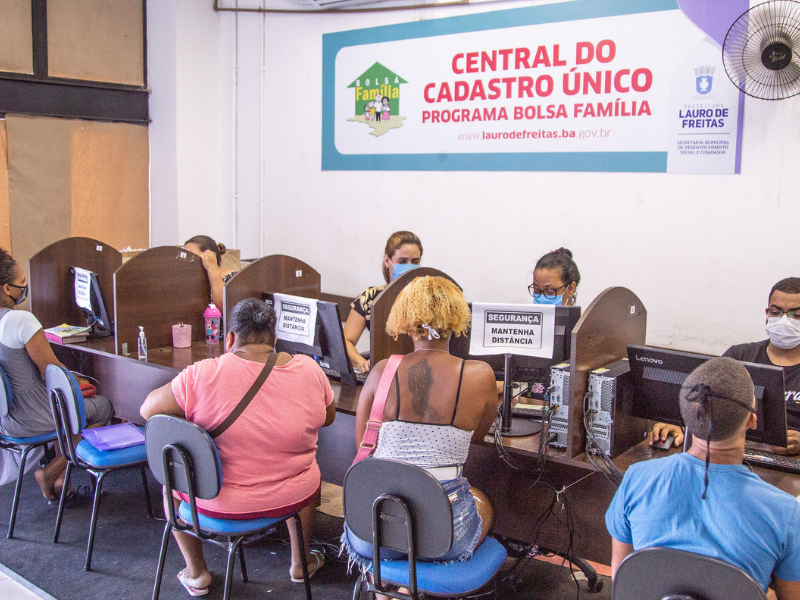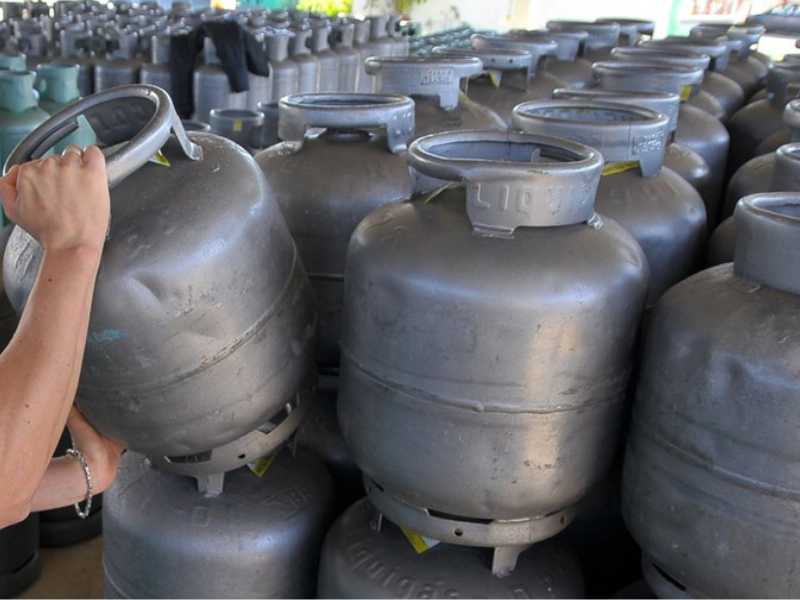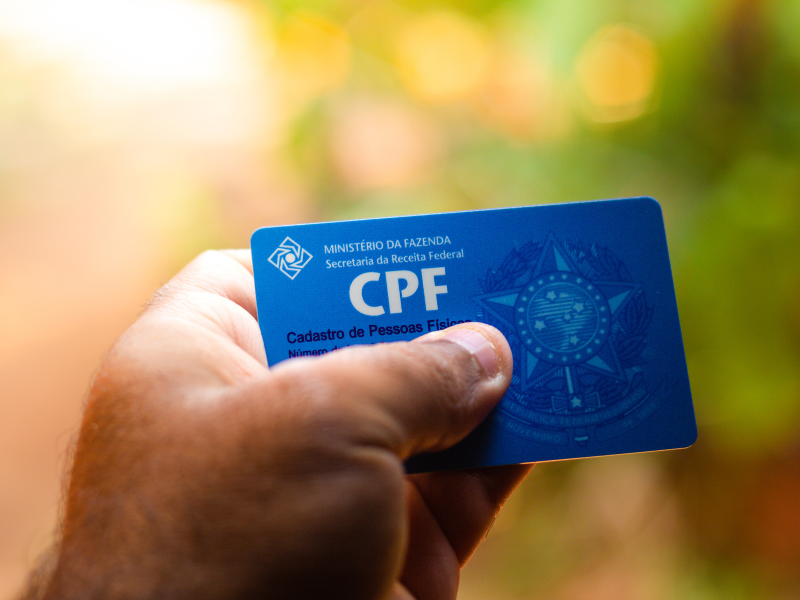Anúncios
Os Fundos de Investimento Imobiliário (FIIs) surgem como uma estratégia atraente para aqueles que buscam uma renda passiva, sem a necessidade de trabalho ativo. Esses fundos, que investem em diversos tipos de imóveis ou ativos relacionados, têm o potencial de oferecer retornos regulares na forma de dividendos. Para quem deseja alcançar uma renda mensal e receber um adicional de R$ 1.000, seria necessário um investimento inicial em torno de R$ 134 mil, dado um retorno anual médio de 8,94% – um cálculo que também leva em conta a vantagem da isenção de Imposto de Renda em certos rendimentos de FIIs.
Avaliando riscos e retornos dos diferentes tipos de FIIs
No entanto, é fundamental compreender que os retornos de FIIs não são fixos e podem variar significativamente. Um ponto chave nesta variação é a diferença entre “fundos de papel” e “fundos de tijolo”. Os primeiros investem em recebíveis imobiliários e podem oferecer rendimentos elevados, como demonstrado pelo FII KNCR11, com seus impressionantes 13,64% de retorno anual. No entanto, eles vêm com uma volatilidade e riscos correspondentes. Por outro lado, os fundos de tijolo, que investem em propriedades físicas e ganham através de aluguéis, podem proporcionar uma renda mais previsível, embora possivelmente com retornos mais baixos.
Estratégias para receber R$1.000 mensais e precauções a considerar
Atingir uma renda mensal de R$ 1.000 exige estratégia e entendimento do montante necessário para investir em cada FII. Enquanto um fundo como o KNCR11 pode requerer um investimento de cerca de R$ 87.977, outros podem necessitar de um investimento bem maior. A regra geral de que retornos mais altos podem implicar riscos mais elevados se aplica fortemente aqui. Portanto, os investidores devem proceder com cautela, armados com uma análise completa dos fundos e, idealmente, conselhos de especialistas financeiros. Lembrando que a performance passada não garante resultados futuros, e o valor dos investimentos pode tanto aumentar quanto diminuir, é crucial entrar no mundo dos FIIs com uma visão clara dos possíveis riscos e recompensas.
Anúncios
Imagem: Pexels/Joslyn Pickens
























